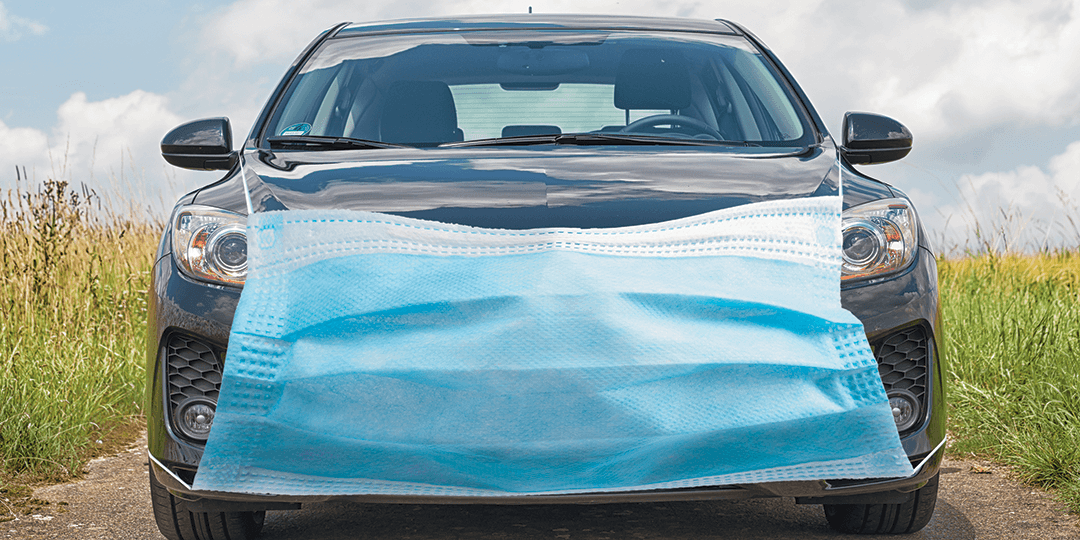The Test Policy
AAMVA has released a new set of guidelines for testing commercial and noncommercial drivers
In this period of tremendous change, there has been at least one constant: We’re using the roads. Even when nonessential businesses went virtual and much of in-person business ground to a halt, we still used the roads. Truckers shipped food and supplies to hospitals. Essential workers needed to get to and from work. The public shopped online and companies shipped those items in record numbers.
But therein lied a new challenge: How do you to test and maintain licenses for commercial and noncommercial drivers given social distancing requirements? AAMVA recently released guidelines to help members safely conduct testing during the coronavirus pandemic. The new noncommercial driver testing guidelines can be found on the AAMVA website, in addition to other COVID-19 materials. The commercial driver testing guidelines are currently under review by the Federal Motor Carrier Safety Administration (FMCSA) and will be posted to the AAMVA website once approved.
Both sets of guidelines contain training materials and scoring sheets. The noncommercial guidelines contain a handout for customers as well as a presentation for training examiners on how to administer and score these new tests.
The standards were created to protect the safety of both drivers and examiners. To do so, AAMVA worked with a number of jurisdictions to help understand their priorities and needs. Ultimately, the goal was to create standards that could be administered throughout the length of this pandemic, however long that may be.
 Jurisdictions were able to maintain social distancing guidelines during CDL Vehicle Inspections and noncommercial vehicle safety checks since they could be scored by the examiner while outside the vehicle. However, the basic skills and road test segments for commercial and noncommercial drivers proved more challenging. Jurisdictions across the U.S. rose to the challenge and identified unique solutions to commercial and noncommercial testing issues. In particular, Kansas, Minnesota and Virginia submitted requests to FMCSA to waive the requirement for testing with the examiner inside the vehicle cab.
Jurisdictions were able to maintain social distancing guidelines during CDL Vehicle Inspections and noncommercial vehicle safety checks since they could be scored by the examiner while outside the vehicle. However, the basic skills and road test segments for commercial and noncommercial drivers proved more challenging. Jurisdictions across the U.S. rose to the challenge and identified unique solutions to commercial and noncommercial testing issues. In particular, Kansas, Minnesota and Virginia submitted requests to FMCSA to waive the requirement for testing with the examiner inside the vehicle cab.
In Kansas and Virginia, drivers take the road tests in their own vehicle while an examiner follows in a car behind. Communication between the driver and the examiner is done by hands-free phone or radio, with the examiner providing instruction on what maneuvers to perform. Minnesota, meanwhile, is relying on two GoPro cameras in the vehicle cab with one camera focused on the driver and the other on the driver’s field of view ahead. The examiner would still follow behind. Other jurisdictions made no changes to commercial testing but required the use of personal protective equipment by the driver and examiner and sanitization of “high-touch” surfaces within the vehicle, or suspended testing altogether.
Several states also made significant changes to noncommercial testing by eliminating the road test and conducting skills maneuvers on a closed course or parking area. At least two states waived the road test for permit holders under the age of 18 if they met specific requirements.
Given the variance, drivers will need to contact their jurisdiction’s driver license agency about testing changes prior to scheduling an appointment for testing. Also, drivers should note that changes to CDLs are more challenging to implement than noncommercial, as the former has to adhere to a federal set of guidelines.
While COVID-19 was the motivating force behind these changes, AAMVA and FMCSA wanted to have a blueprint moving forward. If there is another wave of the coronavirus, or any other emergency, there is now a foundation for conducting tests to ensure that people can still take to the roads.




